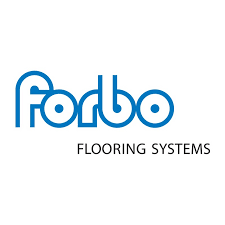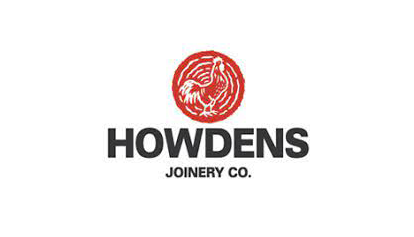
- Details
- Category: Resources
Achieving the TPM goal of continuous improvement in Overall Equipment Effectiveness (OEE) requires a shift in mindset from focusing on problem solving to problem prevention. This is particularly important in stable environments where problems don’t always trigger urgent action.
Studies show that over 50% of performance losses are due to gaps in work routines or knowledge, even in advanced organisations. These hidden losses often result in costly workarounds, missed opportunities, and operational frustration.
Reducing these hidden losses depends on an analysis that can justify time spent removing weaknesses in performance enablers, such as inadequate standards, skills, or unclear accountabilities. It also impacts on cultural enablers such as cross functional learning, and policy deployment to apply lessons learned in other areas.
What’s missing is not a technical fix but performance analytics that highlight where to invest to raise performance to the next level.
The Role of Loss Tree Analysis
Loss Tree Analysis provides the framework to break through that inertia. It surfaces weak or missing processes by linking undesirable outcomes (e.g., unplanned downtime, extended changeovers, frequent defects) to underlying causes and their impact on effectiveness. This helps improvement leaders to:
- Identify which performance enablers to improve.
- Determine what to track to verify impact.
- Guide teams to optimise work routines by building upon existing good practices.
This approach is particularly powerful for manufacturers who are committed to investing in digitisation and data capture. When combined with Loss tree analysis, that data becomes a source of insight-driven improvement, not just metrics.
From Loss Trees to Loss Models
The outcome of loss tree analysis is the development of one or more Loss Models that define the link between performance drivers and total manufacturing costs. While conventional cost tools like standard costing focus on product-level profitability, Loss Models offer a performance-led perspective. They help quantify the value of improving enablers and clarify how operational decisions impact cost, capacity, and reliability by integrating:
- The value of improving enablers like standardisation or training.
- The financial impact of improving enabler quality standards.
- The long-term gains from developing operational capabilities in those areas.
This provides visibility of the impact of improvement levers which conventional performance indices miss such as:
|
Contamination Control |
To stabilise and extend asset life. |
|
Standardisation |
To reduces human error, boost repeatability and improve resilience. |
|
Optimisation |
To improve quality precision and enable automation. |
These levers directly impact on gains in:
- Fixed costs through increased asset reliability and capacity.
- Variable costs through better yield and reduced waste/labour.
That converts abstract principles such as accelerated wear, maintainability and optimisation into measurable gains that improvement teams can deliver.
The Improvement Glide Path
The TPM Loss Model outputs define Improvement Glide Paths that guide progress between the milestones of the TPM Master plan, providing clearly defined actions and measurable outcomes:
- Asset Stability
- Action: Apply standards to maintain basic conditions and reduce human error.
- Outcome: Prioritised improvements on high-impact assets.
- Problem Prevention
- Action: Analyse recurring issues to eliminate causes of human error.
- Outcome: Medium-term improvement priorities aligned with business goals.
- Defect Reduction
- Action: Monitor and categorise quality defects by type.
- Outcome: A stable, end-to-end performance glide path.
- Process Optimisation
- Action: Use advanced TPM tools (e.g., PM analysis, Six Sigma) to optimise measurement and enable low-cost automation.
- Outcome: Data-driven performance optimisation.
- Life Cycle Cost (LCC) Reduction
- Action: Identify cost drivers across design, operation, energy, and material usage.
- Outcome: Operational goals that deliver value from design to delivery.
This is supported by outcome based maturity indices that measure the impact of enablers on cultural development and OEE drivers. Combined with the TPM Loss model this provides a bridge between investments to prevent problems and traditional business performance indicators.
What’s It Worth?
Unlike traditional cost reports, the TPM Loss Model turns data into a roadmap for improvement. It embeds performance analysis into the planning and management of your improvement journey.
Manufacturing leaders can use this model to move from reactive cost tracking to proactive performance enhancement. Typical outcomes for companies following this approach include:
- 10%–15% improvement in OEE or capacity
- Similar reductions in maintenance material costs
These gains are achieved not by working harder, but by working smarter—fixing the enablers that truly drive performance.
Final Word
If your organisation is ready to strive for year on year improvement in OEE, Loss Tree Analysis and TPM Loss Models offer the tools to get there.
They help you focus effort where it matters most—on the systems and behaviours that underpin sustainable, year-on-year performance improvement.
Let the TPM Loss Model guide your next step toward industry leadership.
To find out more contact us here.








